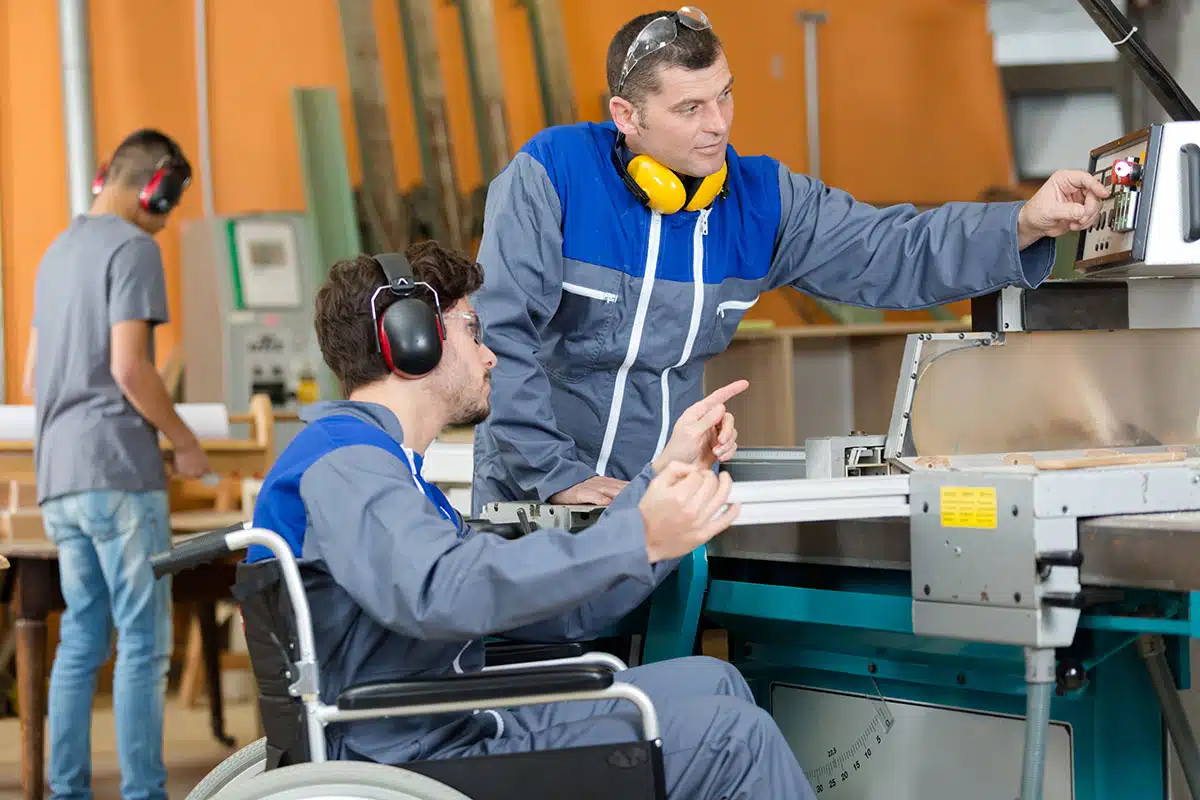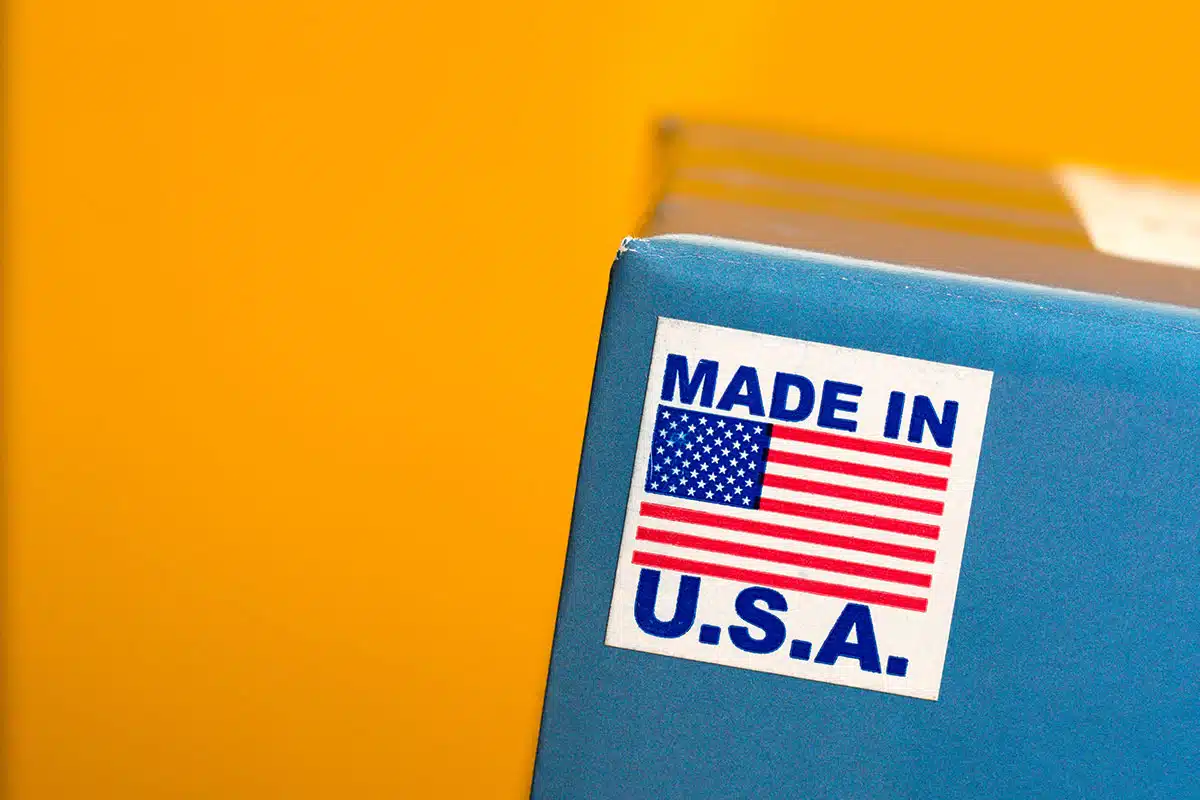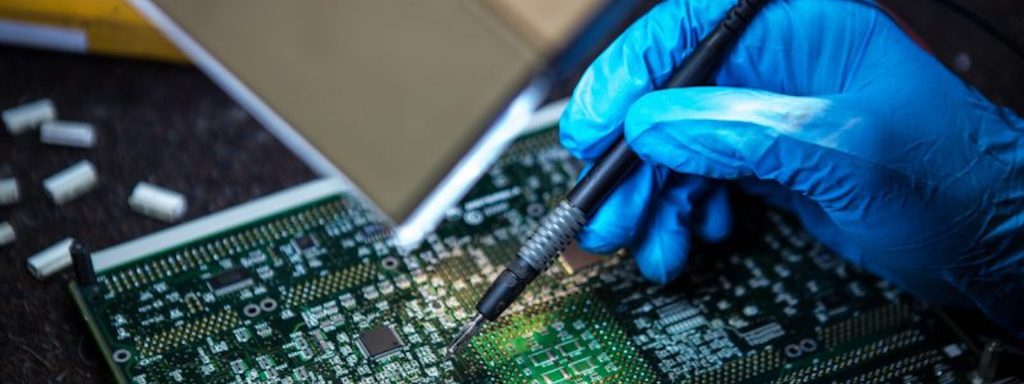Brewery Solves Labor Shortage with Employees with Disabilities
Jerry Moore acquired Knee Deep Brewing Company in 2010, initially using a contract brewing facility in South Lake Tahoe to make beer and ship kegs to bars and restaurants just over the Nevada border in Reno. Fast-forward to 2013, when operations moved to its current home, a 37,000 square-foot, 40 BBL brewhouse with multiple 120 BBL fermenters. Unfortunately, labor shortages have been a persistent challenge.
The Challenge: A Reliable Workforce
“We had trouble finding reliable, hardworking employees to do the work.”
Like many front-line roles in the wake of the Great Resignation, the labor shortage faced by the brewering was real, and turnover was high and disruptive.
Moore came up with a novel solution. Just down the road from the Auburn, Calif., brewery was a job development center run by PRIDE Industries, training people with disabilities for real-world jobs. Moore reached out and a crew from the social enterprise started in 2020. It’s been a win-win relationship ever since.
“The first thing that surprised me was how happy they were to be here,” Moore said. “They show up on time, work hard, are a lot of fun, and have turned out to be a perfect fit.”
The Solution: Workers with Disabilities a Perfect Fit
Such a great fit that when Knee Deep launched its first special brew to call attention to Autism Awareness Month in April 2022, they named the beer Perfect Fit, complete with a PRIDE Industries logo on the cans to call attention to autism and promote the inclusion of people with disabilities in the workforce. The brewery made 10 barrels and sold out in a few weeks.
“It was an English-style IPA which people liked,” said Brewmaster Dean Roberts, “but I think people also liked the cause of autism awareness, and it gave them a reason to choose that beer.”
The PRIDE Industries team named the 2023 version of the April brew—Hoppy Roger—with a pirate-themed label that included caricatures of employees Aaron, Thomas, Zach, and Evan crewing the ship with a Knee Deep logo replacing the skull in the traditional Jolly Roger flag. This time the company made 30 barrels to satisfy demand.
Knee Deep donates a portion of proceeds to The Michael Ziegler PRIDE Industries Foundation, which provides programs to help people with disabilities, veterans, and foster youth—like the team working at the brewery–become job-ready.
“Awareness is great, but we want to do more,” Moore said. “We see the power of acceptance and inclusion and want to spread to the news.”
The Result: Contagious Enthusiasm
Should other breweries consider hiring people with autism or other disabilities? Yes, but not just brewers. “It’s not that different from hiring anyone else,” Moore said. “It’s finding the right person for the right job. This job happens to work for these individuals, and they love it.”
Take crew member Zach, for example. Ask him if he likes his job, and he answers immediately: “I love it.”
“They’re happy to be here, and that’s contagious,” said Roberts. “We’re all one team, and everyone enjoys working together. You don’t even think about the disability part anymore.”
It helps that a PRIDE Industries job coach is on hand to make sure everything runs smoothly.
“I love working with this team,” said coach Aaron Cartwright-Vasquez. “They’re great workers—I have to make sure they have what they need and take their breaks.” Cartwright-Vasquez provides transportation for those who need it and ensures everyone understands their schedules, which can vary weekly. “They’re waiting for me every morning wearing smiles.”
Untapped Labor Source
“Knee Deep Brewing has always been proud to have the best people working for it,” Moore likes to say. “Without them, we would not be where we are today. With great people comes great beer!”
More than 15 million people of working age in the U.S. identify as having a disability, an Accenture study found. The study found that companies that actively recruit and manage employees with disabilities have 28 percent higher revenue, twice the net income, and 30 percent higher profit margins. “Persons with disabilities have to be creative to adapt to the world around them,” the study said. “As such, they develop strengths such as problem-solving skills, agility, persistence, forethought, and a willingness to experiment—all of which are essential for innovation.”
Services
Packaging and fulfillment

“The first thing that surprised me was how happy they were to be here. They show up on time, work hard, are a lot of fun, and have turned out to be a perfect fit.”
— Knee Deep Brewing Company Owner Jerry Jones





